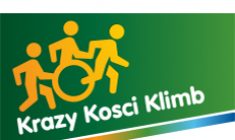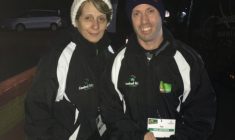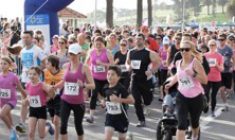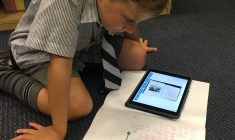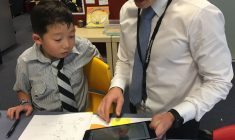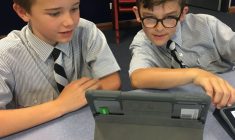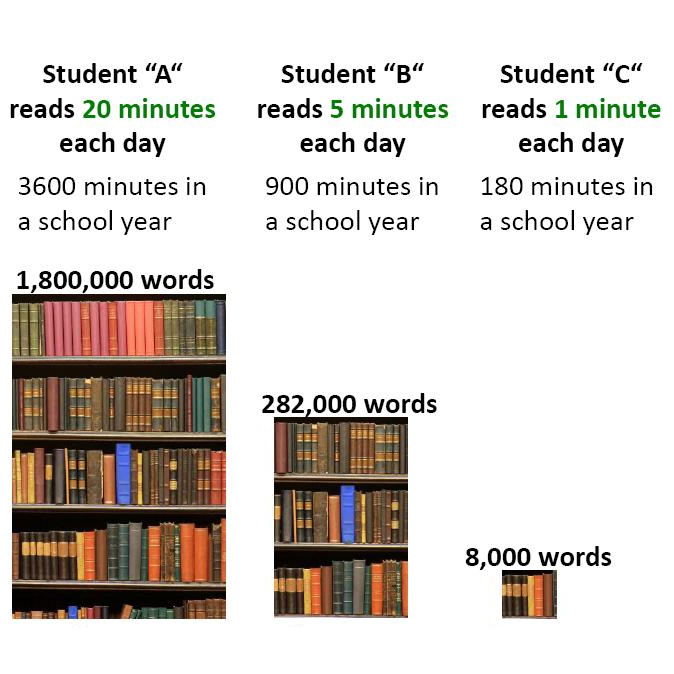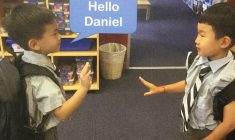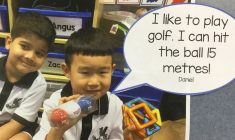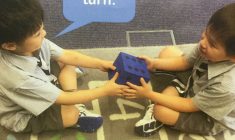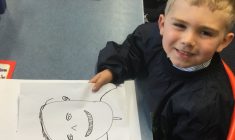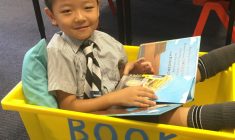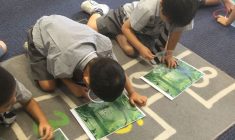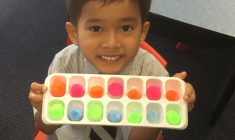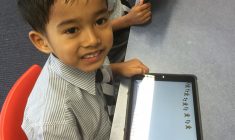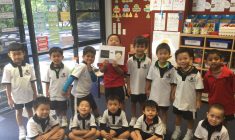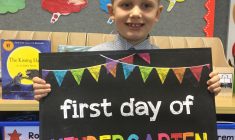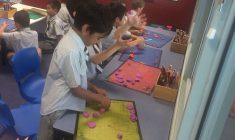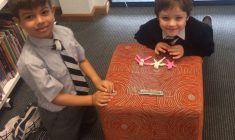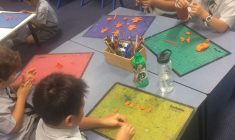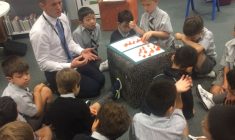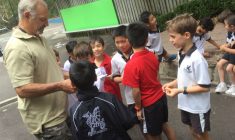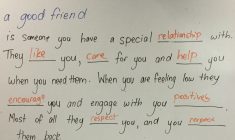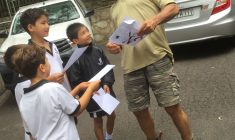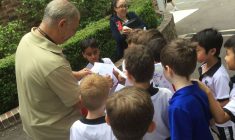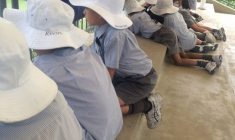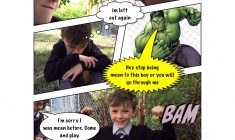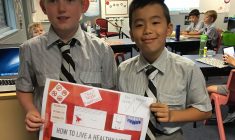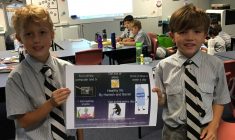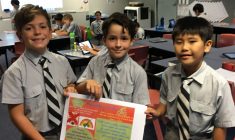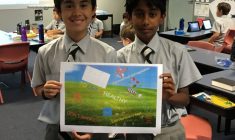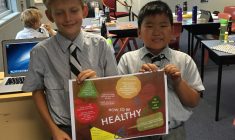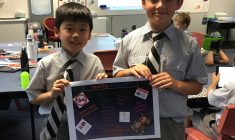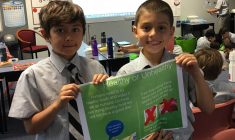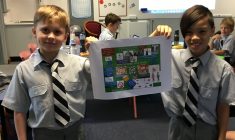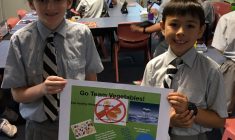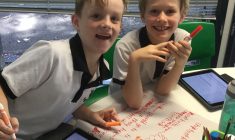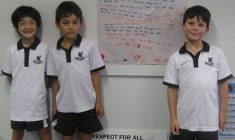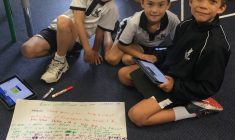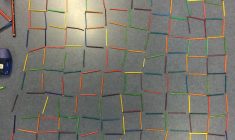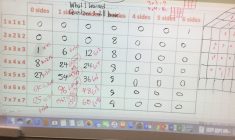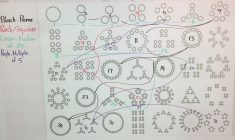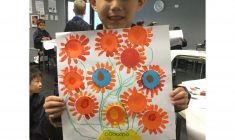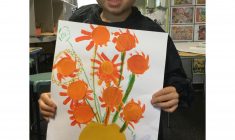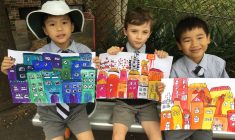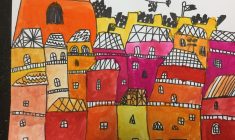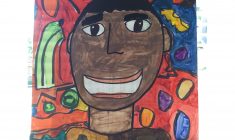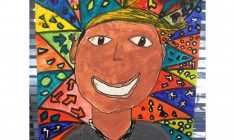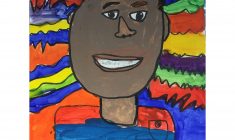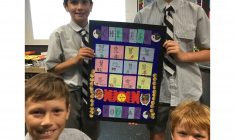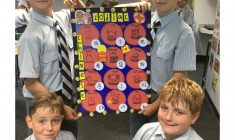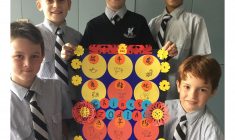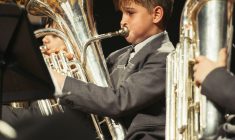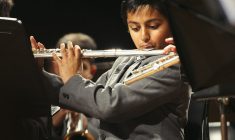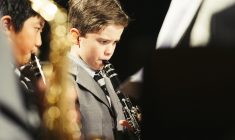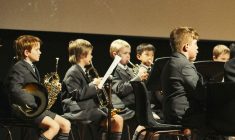A Message from the Head of Lindfield
Don’t Short Change Your Son’s Learning by Making Things Easy
This article examines the reality that at some stage in our lives, whether it is in learning, our music, work, family or sport things will become difficult. Often when our boys find something hard they think that this pursuit is not for them and they drop out. In actuality our boys need to understand that difficulty and challenge are useful and necessary parts of life. Challenging ourselves in difficult areas is something positive that provides for growth, success and engagement. Celebrate the struggle and the difficult quest for improvement.
I recently read an article about a maths teacher, who had been identified as ‘gifted’ in mathematics as a child. He explained that maths had been easy to a point, Algebra, Geometry, Trigonometry and Calculus had been a breeze but Green’s theorem was the point where maths became challenging for him. It was from that point on that this mathematician needed to work hard, like everyone else, to understand mathematical concepts.
If we think about maths when we were students, the amount we engaged with it when we were at school depended on whether we perceived it to be easy or hard. Many people who found it hard, decided early on that they weren’t ‘good’ at maths and became disillusioned with it.
The reality is that maths is challenging for everyone. Everyone gets to a certain level and has to work extremely hard to continue to progress. As the maths teacher in the article said everyone will have their own Green’s theorem moment. That moment, whether in academics, music, work or sport, is when what we are doing becomes demanding. If our boys quit when something becomes arduous, they will never develop in that area. More importantly they are missing opportunities to develop persistence, grit and resilience, attributes that are important markers for future success.
There is a wider message in this example. In everything that we do, the further we advance, the harder and the more effort we need to exert to continue to develop at higher levels.
The elite athlete works incredibly hard to continue to increase their performance by minute amounts. The musician challenges themselves with incredibly difficult pieces that they must struggle to master, the artist draws and redraws their artwork to create. All struggle, all find performing at incredible levels difficult, stressful and taxing.
We sometimes let our boys quit, or shy away from things that are difficult because we are worried about the stigma of failure but this is the wrong message. A more effective message to give boys is that everything at some point will become hard and we need to be able to embrace challenge and difficulty as this is how we improve.
As an adult, you don’t want to have an ‘easy’ job (for more than a couple of days anyway). It is impossible to sustain meaningful engagement in something that is unchallenging. We derive satisfaction from the pleasure of achieving something that did not come easily. We also want this feeling for our boys. So challenge your son, don’t shield him from difficult things or let him quit when something is hard, but model for him grit and resilience and show him that complex tasks and pursuits are amazing opportunities to learn and grow.
Ben Barrington-Higgs – Head of Lindfield K-6





